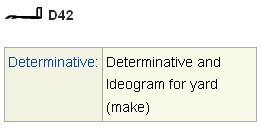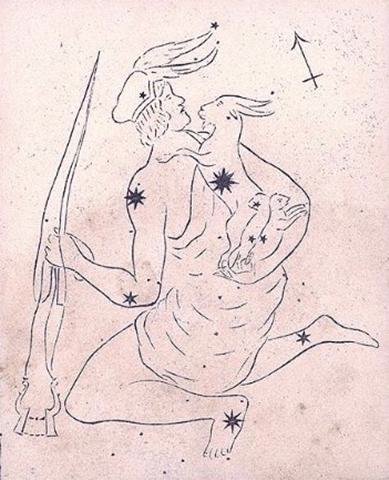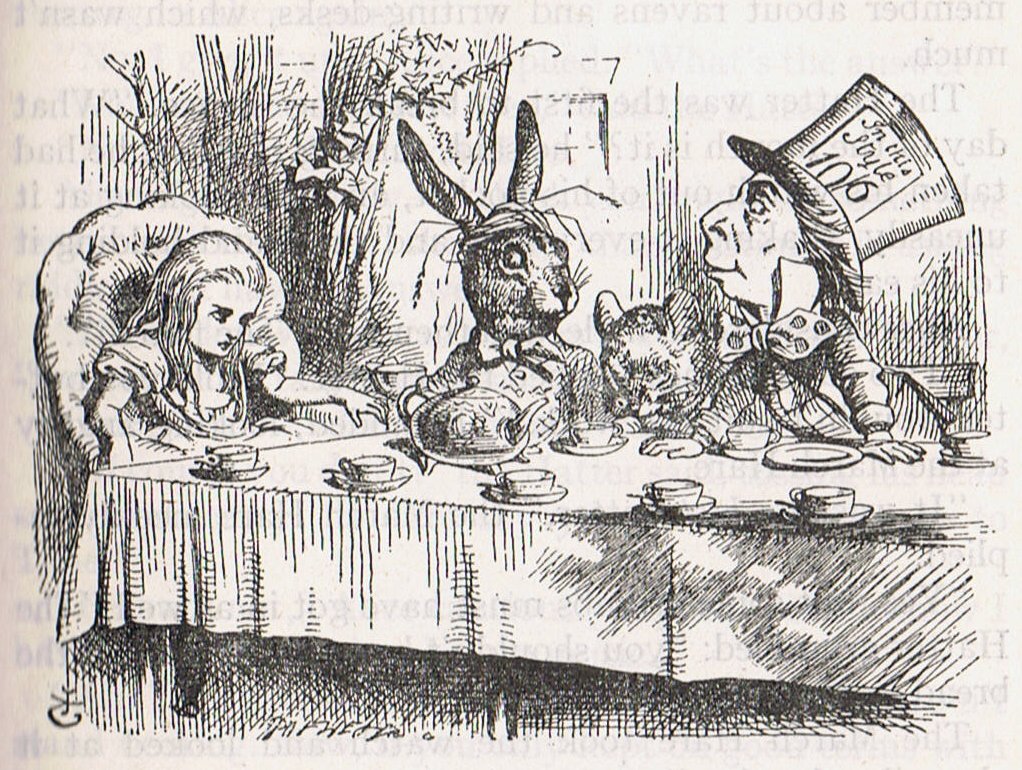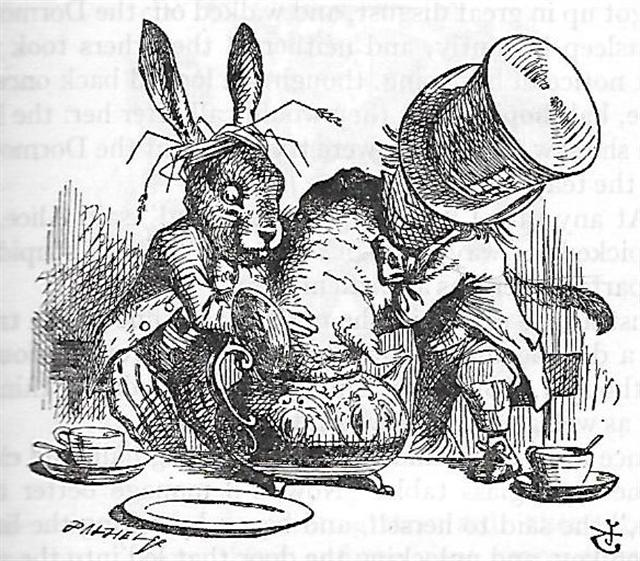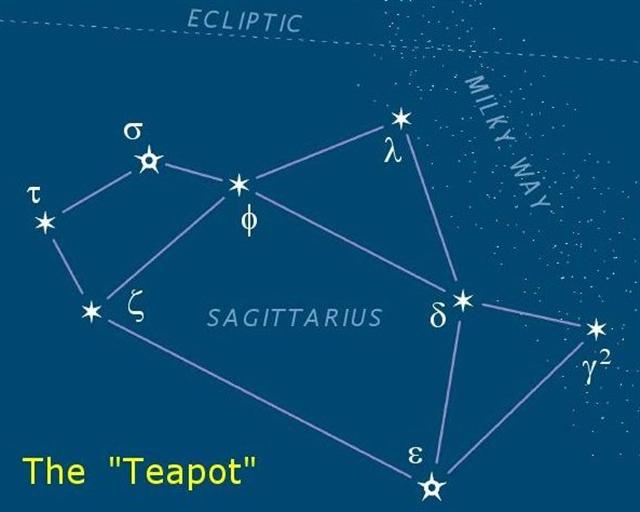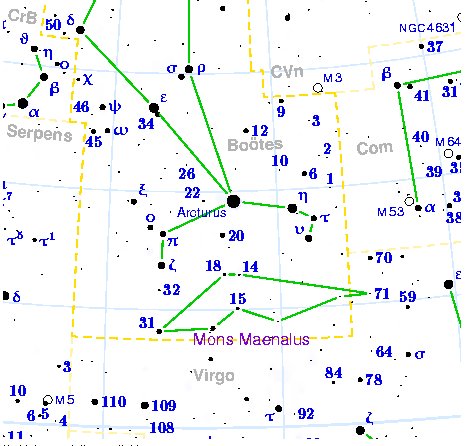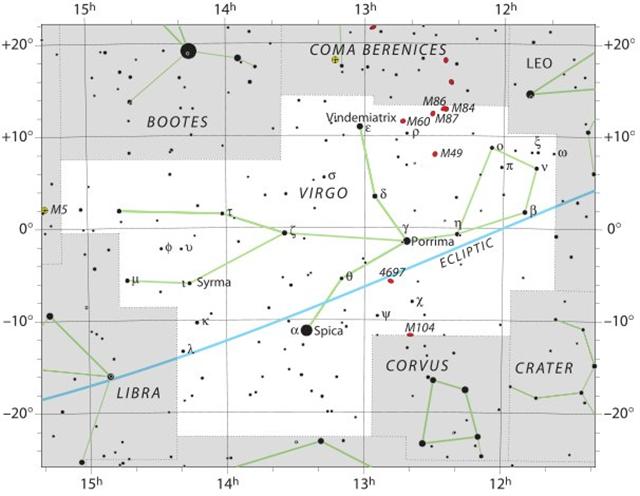50. At the time of the Bull (when Hyadum II was at 0h) the first star in Auriga, Hassaleh (ι), would have risen with the Sun around MARCH 30 (89).
And Mother Goat herself came 5 days later, in APRIL 4, together with the left foot of Orion (Rigel) - a conjunction which according to the C text was fruitful:
Capella, Little Goat, was perhaps in contrast to Gredi (α Capricorni) representing the Big Goat. From Capella to Gredi there were 229 days (equal to the number of glyphs on side a on the G tablet). 229 + 136 (= 2 * 68) = 365.
... Indeed, at the rituals of the installation, the chief is invested with the 'rule' or 'authority' (lewaa) over the land, but the land itself is not conveyed to him. The soil (qele) is specifically identified with the indigenous 'owners' (i taukei), a bond that cannot be abrogated. Hence the widespread assertion that traditionally (or before the Lands Commission) the chiefly clan was landless, except for what it had received in provisional title from the native owners, i.e., as marriage portion from the original people or by bequest as their sister's son ... The ruling chief has no corner on the means of production. Accordingly, he cannot compel his native subjects to servile tasks, such as providing or cooking his daily food, which are obligations rather of his own household, his own line, or of conquered people (nona tamata ga, qali kaisi sara). Yet even more dramatic conditions are imposed on the sovereignity at the time of the ruler's accession. Hocart observes that the Fijian chief is ritually reborn on this occasion; that is, as a domestic god. If so, someone must have killed him as a dangerous outsider. He is indeed killed by the indigenous people at the very moment of his consecration, by the offering of kava that conveys the land to his authority (lewaa). Grown from the leprous body of a sacrificed child of the native people, the kava the chief drinks poisons him ... Sacred product of the people's agriculture, the installation kava is brought forth in Lau by a representative of the native owners (mataqali Taqalevu), who proceeds to separate the main root in no ordinary way but by the violent thrusts of a sharp implement (probably, in the old time, a spear). Thus killed, the root (child of the land) is then passed to young men (warriors) of royal descent who, under the direction of a priest of the land, prepare and serve the ruler's cup ... the tuu yaqona or cupbearer on this occasion should be a vasu i taukei e loma ni koro, sister´s son of the native owners in the center of the village ... Traditionally, remark, the kava root was chewed to make the infusion: The sacrificed child of the people is cannibalized by the young chiefs. The water of the kava, however, has a different symbolic provenance. The classic Cakaudrove kava chant, performed at the Lau installation rites, refers to it as sacred rain water from the heavens ... This male and chiefly water (semen) in the womb of a kava bowl whose feet are called 'breasts' (sucu), and from the front of which, tied to the upper part of an inverted triangle, a sacred cord stretches out toward the chief ...
The cord is decorated with small white cowries, not only a sign of chieftainship but by name, buli leka, a continuation of the metaphor of birth - buli, 'to form', refers in Fijian procreation theory to the conceptual acception of the male in the body of the woman. The sacrificed child of the people will thus give birth to the chief. But only after the chief, ferocious outside cannibal who consumes the cannibalized victim, has himself been sacrificed by it. For when the ruler drinks the sacred offering, he is in the state of intoxication Fijians call 'dead from' (mateni) or 'dead from kava' (mate ni yaqona), to recover from which is explicitly 'to live' (bula). This accounts for the second cup the chief is alone accorded, the cup of fresh water. The god is immediately revived, brought again to life - in a transformed state ...
South of the equator, on Easter Island, Hassaleh could be observed close to the Full Moon in June 2. The season was not the beginning of summer but of winter.
The glyph numbers here agree with the distance from 0h at the time of rongorongo, 64 right ascension days later than Hyadum II. And hau tea with mata (faces) in both directions (Ca4-3) probably indicates the correct equinoctial point was 1 day earlier than 0h.
March 20 was day 79 counted from January 1 and day 79 counted from 0h was at Ca4-3. On the G tablet there are 63 glyphs (9 weeks) from Rogo at 0h to the end of side b, and there are also 9 weeks from Ca1-6 to the week beginning with te kava and ending with tagata rogo - at 3-25 (alluding both to the Julian Equinox and to the heliacal position of Antares at the time of Gregory XIII, viz. in ºNovember 21). ... Ecclesiastically, the equinox is reckoned to be on 21 March (even though the equinox occurs, astronomically speaking, on 20 March in most years) ... ... When Julius Caesar established his calendar in 45 BC he set March 25 as the spring equinox ... In Ca4-1 we can recognize the outline of Auriga with the twin goat kids Haedus I and II illustrated as a single mata.
... In view of the almost universal prevalence of the Pleiades year throughout the Polynesian area it is surprising to find that in the South Island and certain parts of the North Island of New Zealand and in the neighboring Chatham Islands, the year began with the new Moon after the early morning rising, not of the Pleiades, but of the star Rigel in Orion ... In order to illustrate the end followed by a new beginning it was necessary to use a pair. From the pair Spica and Alcor (80 Ursae Majoris) to the pair Rigel (β Orionis) and Capella (α Aurigae) at the Full Moon there were 78 (= 6 * 13) - 19 = 59 (= 2 * 29½) days (equal to the number of days in January + February).
Spica and Alcor would in the southern autumn have been seen close to the Full Moon. And when, on the other hand, Sirrah respectively Bharani were visible in September (respectively in "September) it meant southern spring had arrived:
The pair Sirrah and Bharani were 41 precessional days (glyphs) apart, corresponding to about 71 * 41 = 2911 (= 1842 AD + 1069 BC) years. Counting from Sirrah to Spica with Alcor there were 202 days, and from Bharani to Spica with Alcor there were 202 - 41 = 161 days - equal to the day number for 10 / 6 when the month of Jupiter's death began - i.e. when the Do(o)r-mouse was put upside down in the t-kettle:
... The seventh tree is the oak, the tree of Zeus, Juppiter, Hercules, The Dagda (the chief of the elder Irish gods), Thor, and all the other Thundergods, Jehovah in so far as he was 'El', and Allah. The royalty of the oak-tree needs no enlarging upon: most people are familiar with the argument of Sir James Frazer's Golden Bough, which concerns the human sacrifice of the oak-king of Nemi on Midsummer Day. The fuel of the midsummer fires is always oak, the fire of Vesta at Rome was fed with oak, and the need-fire is always kindled in an oak-log. When Gwion writes in the Câd Goddeu, 'Stout Guardian of the door, His name in every tongue', he is saying that doors are customarily made of oak as the strongest and toughest wood and that 'Duir', the Beth-Luis-Nion name for 'Oak', means 'door' in many European languages including Old Goidelic dorus, Latin foris, Greek thura, and German tür, all derived from the Sanskrit Dwr, and that Daleth, the Hebrew letter D, means 'Door' - the 'l' being originally an 'r'. Midsummer is the flowering season of the oak, which is the tree of endurance and triumph, and like the ash is said to 'court the lightning flash'. Its roots are believed to extend as deep underground as its branches rise in the air - Virgil mentions this - which makes it emblematic of a god whose law runs both in Heaven and in the Underworld ... The month, which takes its name from Juppiter the oak-god, begins on June 10th and ends of July 7th. Midway comes St. John's Day, June 24th, the day on which the oak-king was sacrificially burned alive. The Celtic year was divided into two halves with the second half beginning in July, apparently after a seven-day wake, or funeral feast, in the oak-king's honour ...
Ana-roto (the star pillar in the middle) was half a year away from the middle (at *21) between Sirrah and Bharani - and it thus represented roto.
|
||||||||||||||||||||||||||||||||||||||||||||||||||||||||||||||||||||||||||||||||||||||||||||||||||||||||||||||||||||||||||||||||||||||||||||||||||||||||||||||||||||||||||||||||||||||||||||||||||||||||||||||||||||||||||||||||||||||||||||||||||||||||||||||||||||||||||||||||||||||||||||||||||||||||||||||||||||||||||||||||||||||||||||||||||||||||||||||||||||||||||||||||||||||||||||||||||||||||||||||||||||||||||||||||||||||||||||||||||||||||||||||||||||||||||||||||||||||||||||||||||||||||||||
